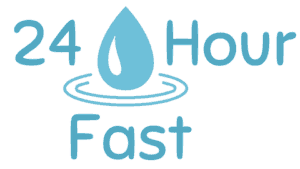When I did my first 24-hour fast, I was already practicing intermittent fasting for a while. And while it ended up being easier than I thought, there are tips and information that I wish I’ve known earlier. 24 hours without any food can seem daunting. While there are multiple health benefits, it is indeed intimidating. But it shouldn’t be. So what are the best tips to experience a smooth 24-hour fast and optimize your results? This is what we are going to see here.
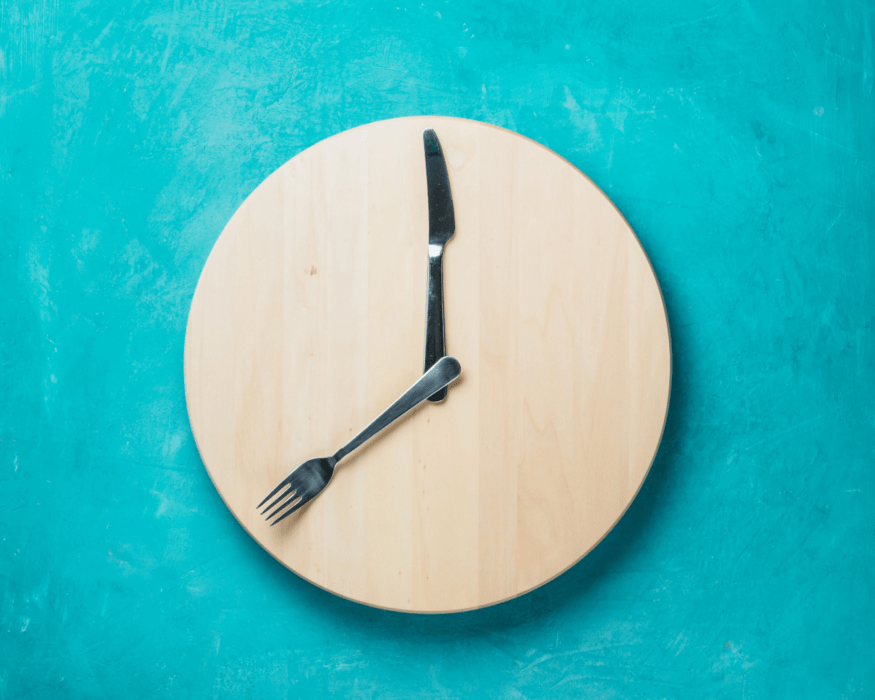
Before a 24-hour fast: get ready
Don’t rush into it
The most important point here is don’t start intermittent fasting with a 24-hour fast. If you have never fasted before, this is like trying to run a half-marathon without any running experience.
In that situation, it’s best to start with shorter fasts. The easiest way to get into it is to extend progressively your current overnight fast. That is what I call the one-hour incremental method. You can find more details about it in this article.
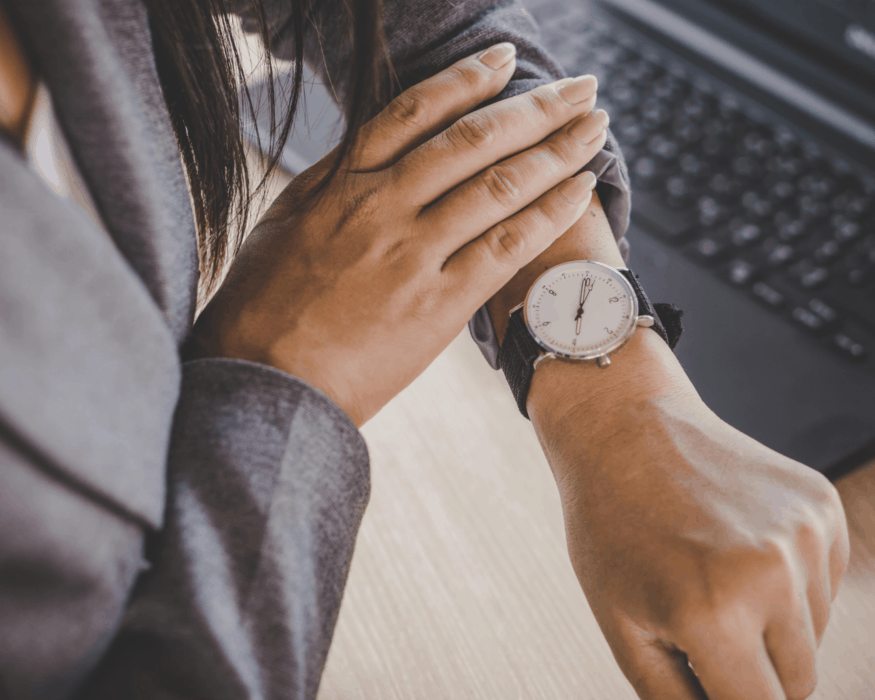
In summary, track your current overnight fast duration, from dinner or late snack time to breakfast. And start by extending that fast by one hour at a time. Let your body get used to it progressively. Until you reach your daily intermittent fasting goal. It can be 14 hours, 16 hours or longer.
Once you are used to daily intermittent fasting of at least 14 to 16 hours, then you are ready to experiment with 24 hours. At this point, your body is already used to going long periods of time without food every day. And it’s mainly a matter of pushing that a little bit further.
It’s also worth noting that because of its longer duration, 24-hour fasts are commonly not practiced daily. The most popular methods are 5/2 which involve fasting two non-consecutive days in the week and eating normally the other five days. Weekly or biweekly 24-hour fasting is also pretty common.
What to eat before a 24-hour fast
We rarely think about the food we eat before a fast. We always think about what NOT to eat during the fast, but the food ingested before a fast is actually crucial.
This is your opportunity to give your body the nutrients and vitamins it will need for at least the next 24 hours. So it’s important to focus on nutrient-rich foods, rather than empty calories.
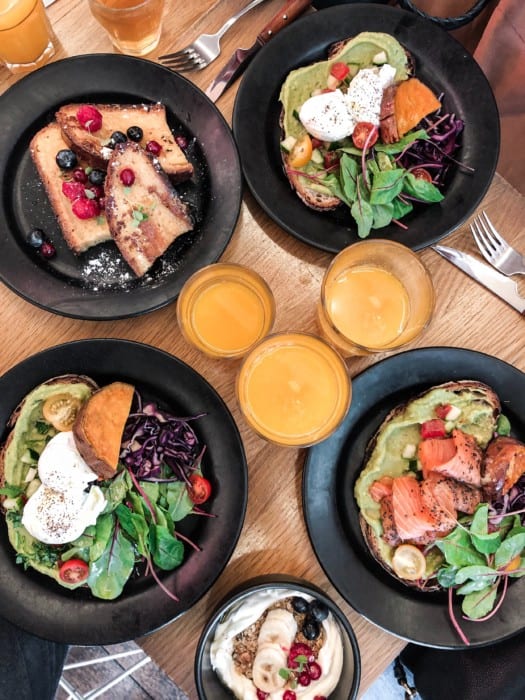
There are several types of foods to focus on as part of a healthy and balanced diet, but it becomes even more essential right before a fast:
- Vegetables: this shouldn’t be surprising, there are full of vitamins, minerals, and antioxidants.
- Legumes: they are a good source of fiber and proteins.
- Healthy fats: because the body will shift to fat-burning mode during the fast, they can make the transition to fasting much easier.
- Proteins: whether you get them from animal or plant-based sources, making sure you get the adequate amount of proteins will ensure your body can function optimally.
If you want more information about exactly what to eat before a fast, this article details everything you need to know with specific food suggestions.
The other important element is to make sure you eat enough before a fasting day. No need to overeat, but just make sure you meet your standard body needs and get an adequate calorie intake.
During a 24-hour fast: it’s easier than you think
Stay hydrated
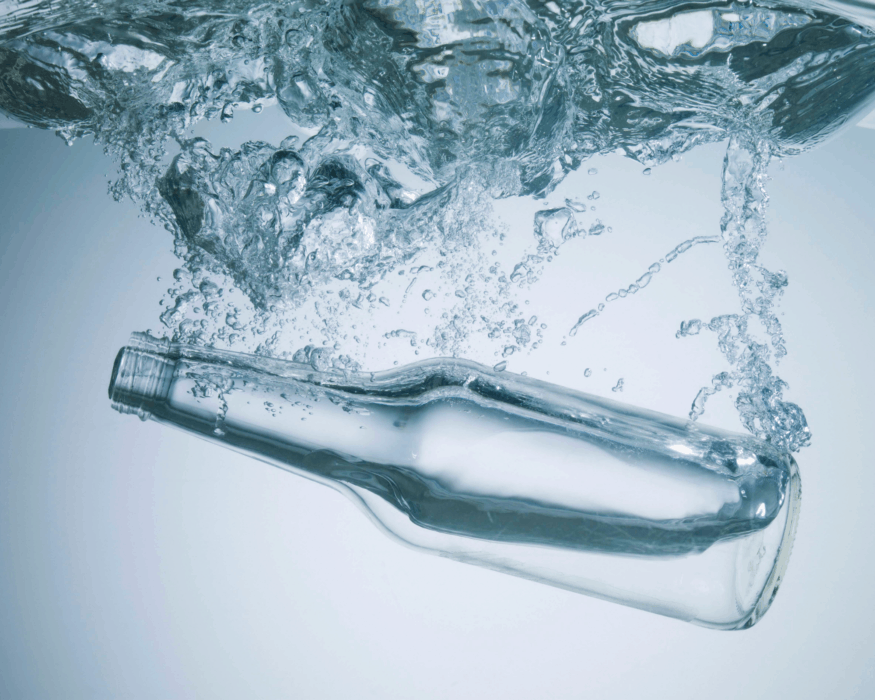
Unless you are doing a dry fast for religious or other specific reasons – which is not the focus in this article – staying well hydrated during the fast is crucial. It will not only help with feeling more full but also help with your energy level.
Dehydration can cause fatigue, brain fog, dry mouth, and headaches. Because 20% to 30% of the fluid your body needs comes from food, when you don’t eat, it becomes even more important to ensure you drink enough. Most people aim for 2 to 3 liters (66 oz to 100 oz) throughout the day, but the best is to listen to your body.
Keep a refillable bottle of water next to you at all times, it will encourage you to drink on a more regular basis.
Be flexible

Whether you are doing your first 24-hour fast or not, flexibility is one important factor to a successful fast. Some people only drink water during their fast and that is perfectly fine. As long as it doesn’t make the experience terrible, which would lead to never doing it again.
Non-caloric drinks are perfectly fine to have during a fast. For example, drinking coffee or green tea can add variety to your day. A little pinch of ginger or cinnamon added to your drink will definitely spice up your day.
What about adding cream or sugar to your coffee? Well, you want to stay away from sugar during the entire duration of your fast. A little bit of cream though, if very minimal, won’t impact your fast significantly. The key is to minimize the number of calories ingested, as much as possible.
Be also aware that too much caffeine can lead to elevated cortisol, which makes it harder to burn fat. Keep caffeine intake to a reasonable level and to the morning ideally, at least ten hours away from your expected bedtime.
Overall, the most important message here is to be flexible in your fast, while still experiencing most of its benefits. Minimize your calorie intake. But allow for drink variety if that helps you go through the 24 hours more easily.
To do so effectively, it’s also important to have an understanding of what breaks a fast.
Flexibility will lead to consistency and hence to sustainability in your fasting practice. Which is what we are aiming for.
Keep busy

The intuitive way of choosing a fast day is to pick one where we have nothing to do. However, it will make the experience way harder. I can tell you that, I made that mistake in the past. While you don’t want to choose your next marathon race day for your fast, it’s best to pick a weekday.
Keep your mind busy with usual activities. You don’t want to be sitting at home with nothing to do, except thinking about all the food waiting for you in the kitchen. I find that working or studying is best for this purpose. Just pick a usual day in your week, not a day off.
You will still experience hunger pans. It’s not possible to keep your mind occupied 100% of the time. But note that those will likely come at the times when you usually eat. Breakfast, lunch, or snack times.
You are a creature of habit, whether you like it or not, all humans are. And your body is telling you it’s time to eat. Not that you are necessarily hungry. Just that you are used to eating at that time. The key here is to understand that once you go through that uncomfortable period, the hunger will pass.
Most people are surprised at how little true hunger they feel throughout the day. Once you go through those cycles, you start to get a different relationship with your hunger feelings. You will be better equipped to know when you truly need food or when you are just bored, stressed, or feeling whatever other food-related emotions your body throws at you.
Keep exercise easy
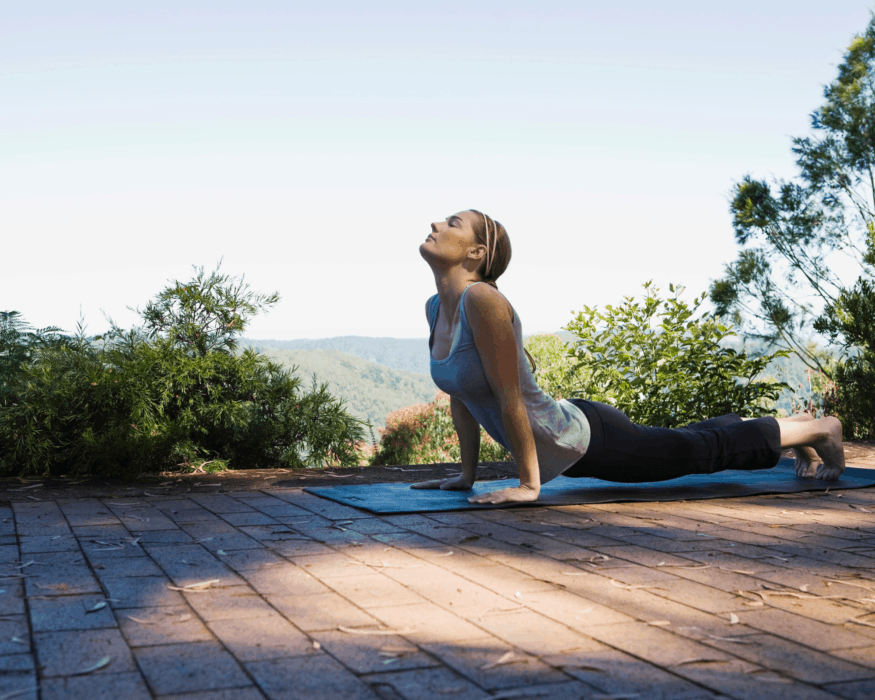
While you want to pick a usual day in your week for the fast, it’s best to choose one where no hard workout is planned. It’s recommended to keep any exercise at a low intensity so you can see how you handle the fast. Especially if you are first starting with 24-hour fasting.
It is okay to include mild exercise like walking, yoga, stretching, or any other low-level activity. Once you get used to fasting for that long, you may be able to increase the intensity level. However, it’s always best to keep the higher intensity workout for the other days or at least for the end of the fast, when you are ready to eat afterward.
If athletic performance is your goal, you may need to optimize your workout schedule so that high-intensity training is not done during a full fasting day but rather during your eating window.
Listen to your body
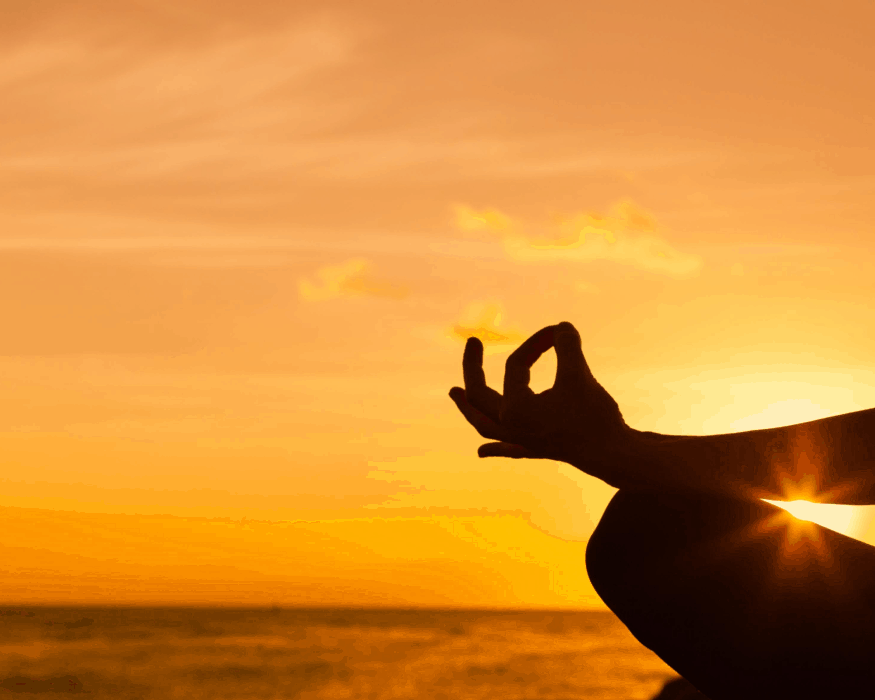
During the fast, especially if first starting, you may feel a bit tired, irritable, or hungry. That is normal and it will get better once you get more used to it. But you should never feel unwell.
If you cannot carry out your normal daily tasks or if you experience nausea, confusion, changes in heartbeat, stop fasting right away. And if any symptoms continue, seek medical help.
Fasting for 24 hours is considered safe, but you should always listen to your body. Know when NOT to push through and stop the fast. You can always try again another time. Fasting can lead to incredible health benefits. But it’s important to practice it safely and to listen to your body.
Also, the following populations should NOT fast without medical recommendation and supervision: people with diabetes or heart disease, with blood sugar regulation issues, people with any medical condition, women who are pregnant or breastfeeding, children, adolescents, and older adults.
After a 24-hour fast: break your fast safely
Refeeding syndrome
Refeeding syndrome is a condition that can occur when reintroducing food among people who are starved, undernourished, or metabolically stressed.
A 24-hour fast is typically too short to reach such a depleted state. But it’s still important to be aware that too much food after a fasting period can be detrimental.
Easing into your eating window and making sure you break your fast safely and in an optimal way is essential.
What to eat after a 24-hour fast
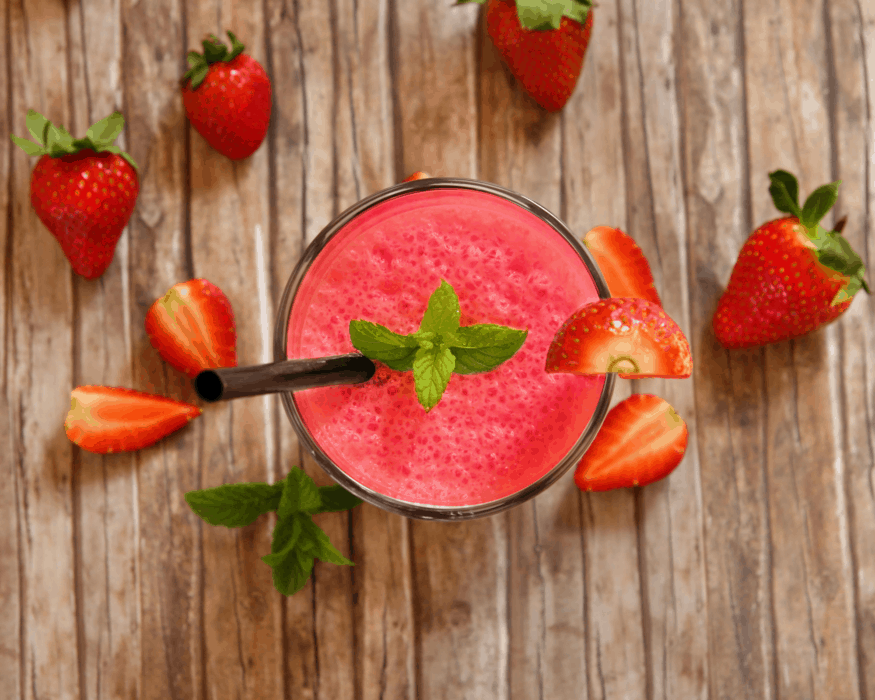
There are a few simple steps that can be taken to make sure you break your fast optimally:
- Start with a beverage, especially if you are not ready to eat solid foods right away. Bone broth, vegetable soups, or freshly-made smoothies are all great options.
- Keep the very first meal small: you can skip the first step and get right to your first meal if feeling ready. Focus on whole foods that contain healthy fats, proteins, and fiber. A salad with vegetables, leafy greens, and avocado is my go-to. You can also add raw fruits, cooked vegetables, or lean protein.
- Eat a bigger meal later on: an hour to a few hours after your first meal, you can eat normally and in bigger quantities. I recommend preparing that meal in advance, the day before for example because the last thing you want to do after a fast is to start cooking a full meal. That will prevent you from reaching for that pizza or burger and fries. Remember, fasting doesn’t justify eating unhealthy…
Conclusion
A 24-hour fast can lead to amazing benefits. It is indeed more challenging than shorter daily fasts, but it’s easier than we usually think it is. I hope the above tips and explanations will be helpful and will encourage you not to fear it anymore if you are on the fence of trying it.
As I always say, the best is to try, experiment, and find out what works best for YOU.
Note that it’s recommended to check with your medical practitioner before undertaking any significant lifestyle changes.
The information we provide at 24hourfast.com is not intended to replace a consultation with a qualified medical professional. By interacting with this site, you agree to our disclaimer. Read more.
